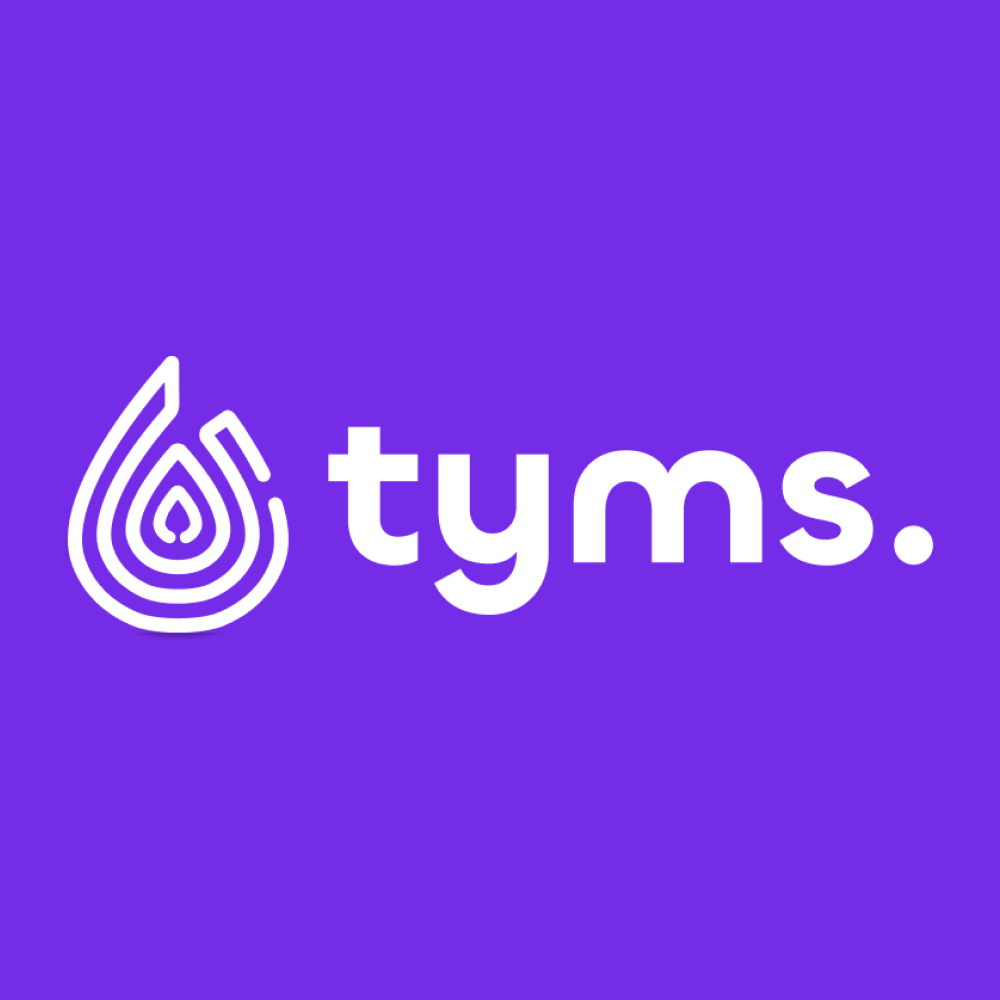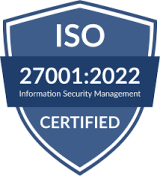A Bills on Tyms represents an expense your business has incurred but not yet paid, typically owed to a vendor or supplier. It allows you to track outstanding payables and manage your cash flow efficiently.
All bills are organized under the Bills section on the Tyms web application. You can either create bills manually or import them in bulk, which is especially useful when migrating existing records into Tyms.
Basic Functions
Accessing the Bills Module
To get started with bills:
- Log in to your Tyms account https://app.tyms.io/auth and navigate to the Expenses module.
- Click the dropdown beside Expenses and select Bills.
- On the Bills page, click the New button at the top right corner.
- Choose:
- Bill – for manual entry
- Bills Import – for uploading in bulk via spreadsheet
How to Create a Bill Manually
When entering a bill manually, fill in the following required fields:
- Title of the Bill.
- Currency (e.g., NGN, USD).
- Vendor (must be pre-added in your contact list).
- Bill Date and Due Date.
- Bill ref (auto-generated but editable).
- Expenses Account and Payable Account from the dropdowns.
Configuring Bill Account Settings (Optional)
- Split Expense to Another Account: Enable this checkbox if you need to allocate the bill to two accounts. Select the second account and the percentage split.
Example: For a ₦500,000 expense, if 10% goes to another account, ₦50,000 will be allocated accordingly. - Set Account, Discount, and Tax Per Item: Enable this if each item should have different account/tax/discount settings.
If you don’t need these options, leave the checkboxes unchecked and continue.
Adding Bill Items and Additional Details
- Click Add New Item to select or create an item (e.g., Data Subscription).
- For new items, input:
- Item Name
- Type (Product or Service)
- Rate (unit price)
- Fill in quantity and other relevant fields.
Optional Fields: - Employee
- Payment Terms
- Memo
- Branch, Department, or Project
- Attachment (upload documents/files)
Applying Discounts, Taxes & Other Charges (Optional)
If applicable, add:
- Discount: as a percentage or fixed amount
- Tax: choose from your existing tax list
- Shipping Fee
- Deposit: If a deposit was made to the vendor
- Paid Through (Required): Select the payment method used for the deposit (e.g., Cash, Bank).
- Tyms automatically calculates and displays the Balance Due.
- Shipping Details: Enable and input shipping name, email, phone, and address.
How to Save the Bill
- Save as Draft: For later editing.
- Save as Published: Finalizes the bill entry.
Bill Statuses:
- Paid – No balance remaining.
- Due Soon – Due date approaching.
- Overdue – Due date passed with no payment.
Managing Existing Bills
Each bill entry on the Bills table offers both individual and bulk actions:
Individual Actions (Three-dot Menu)
- Preview: View and manage payment/edit the bill.
- Edit: Make changes to the Bill
- Manage Payment: Record or manage payments associated with the Bill
- Adjust WHT
- Duplicate (Creates a draft copy)
- Delete: Remove the Bill if it’s no longer needed.
Bulk Actions:
- Bulk Publish Draft Bills:
- Select draft bills via checkboxes.
- Click Publish to update their status.
- Bulk Delete Bills:
- Select draft or published bills.
- Click the red trash bin icon to delete.
- Export Bills to Excel:
- Use filters (by account, date, or pagination).
- Click the Export to Excel icon.
Filtered bills will download to your device.
Other Actions
How to Import Bill Transactions
To upload existing bills in bulk:
- Go to the Bills section.
- Click New > Bills Import.
- On the import page, scroll and click “Click here” to download the sample spreadsheet.
- Fill in the required columns as described below.
Required Spreadsheet Columns:
- Date: Date of the bill
- Item_name: Item or service name
- Item_price: Unit price
- Item_quantity: Quantity purchased
- Category: Expense account (from your chart of accounts)
- Currency: Currency in ISO format (e.g., NGN, USD)
- Amount_paid: Total amount paid
- contact_name, contact_email, contact_phone: Vendor details (optional)
- Payment_type: Payment method (Bank/Cash)
- Payment_account: The Account number of the bank, if the payment type is Bank
- Is_prepayment: TRUE or FALSE
- prepayment_duration: Duration (months) if prepayment
- shipping_fee, discount, tax, wht: Optional amounts or percentages
- project_name, client_name, branch_name, department_name, employee_name: Optional tracking fields
Once filled, save the sheet as .csv or .xlsx, and return to the import page. Make sure to select the correct date format.
For help resolving upload issues, see our guide:
https://www.tyms.io/en-NG/help/article/tyms-help-guide-resolving-invoicing-upload-payment-and-pos-errors
How to Manage Bill Payments on Tyms
You can update bill status to Paid by adding payments using either:
- Manual Entry
- Bank Statement Reconciliation
To Add Payments Manually:
- Go to the bill’s Actions menu (three-dot straight line) > click Manage Payment.
- Click Add Payment, then fill in:
- Date of payment
- Account (Cash or Bank)
- Amount Paid (Must be ≤ Bill total)
- Click Save.
Summary
Bills in Tyms help you track unpaid expenses and manage vendor obligations with ease. Whether entered manually or imported in bulk, your bills remain organized, categorized, and easy to follow up on. With flexible payment tracking and status indicators, Tyms ensures your business stays on top of its payables.
Need further assistance? Reach out to Tyms Support or visit other Help Center articles for guidance.


